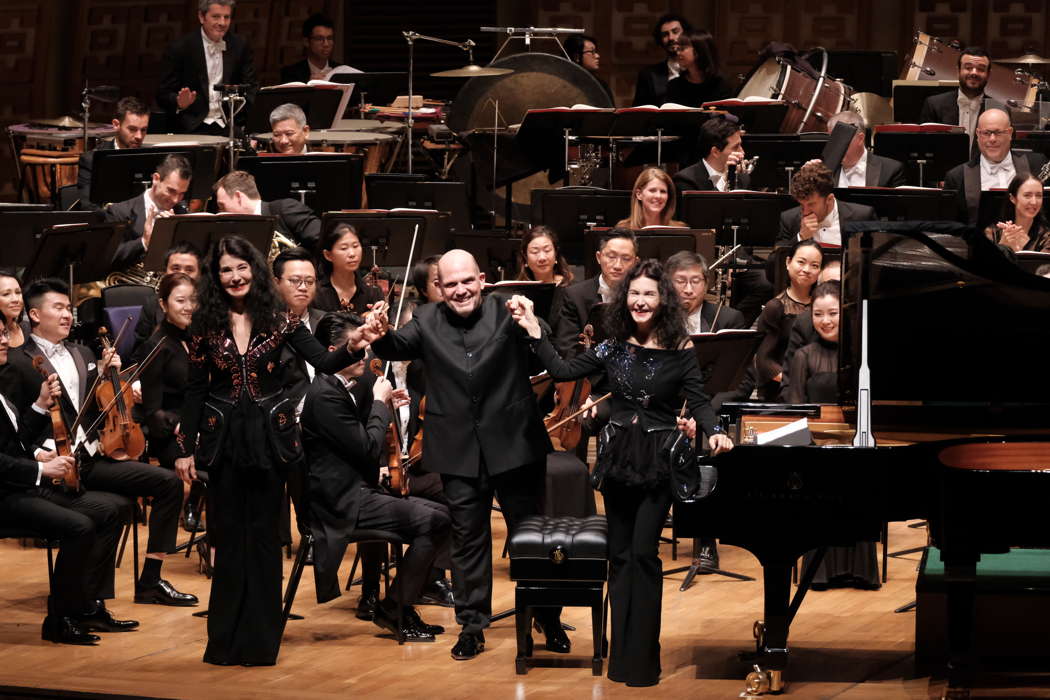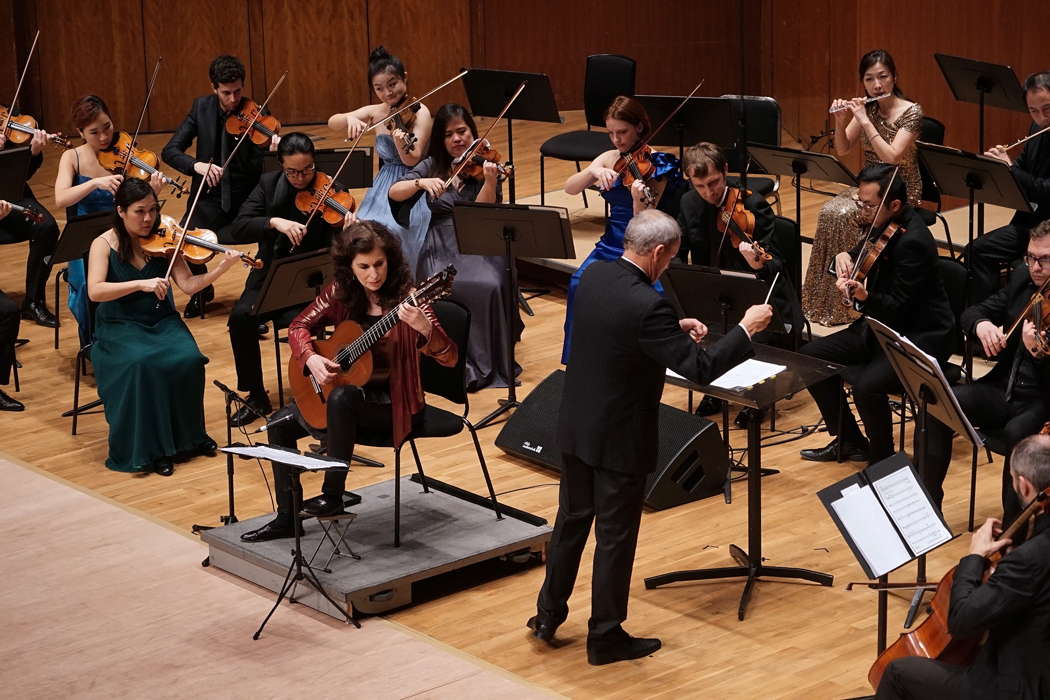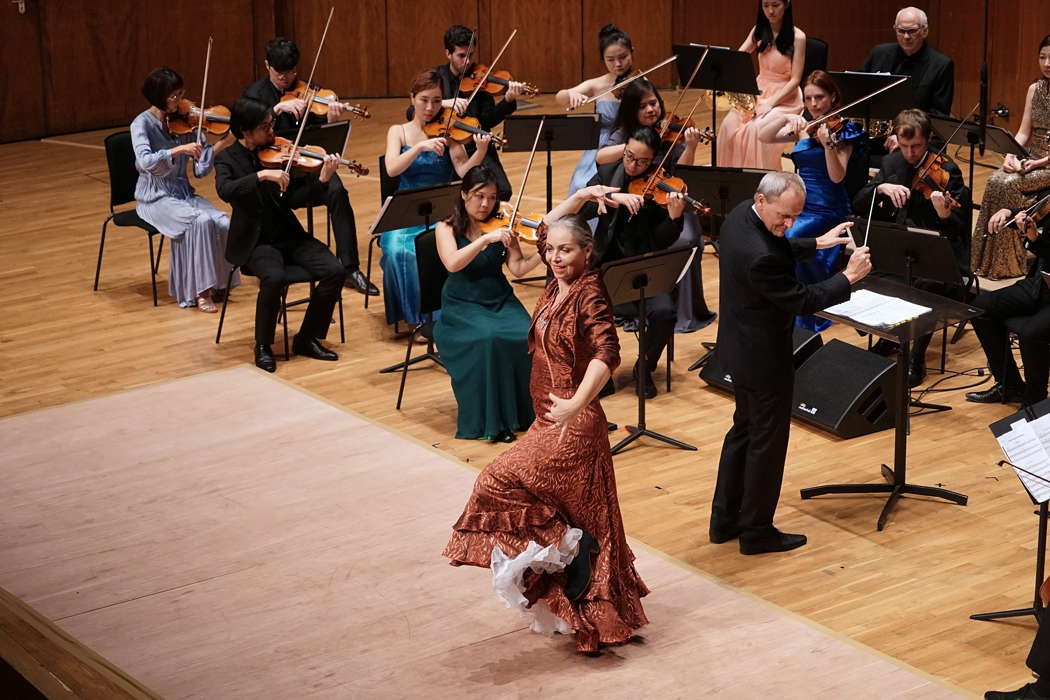 LISTENING TO TCHAIKOVSKY: Béla Hartmann uses his knowledge of Eastern Europe to argue against the banning of all Russian culture following Vladimir Putin's invasion of Ukraine.
LISTENING TO TCHAIKOVSKY: Béla Hartmann uses his knowledge of Eastern Europe to argue against the banning of all Russian culture following Vladimir Putin's invasion of Ukraine.
Special Moments
ADAM J SACKS provides a
Hong Kong snapshot on the classical music world
Beating out nine other top flight international ensembles, including the LSO and the Royal Liverpool Philharmonic, the Hong Kong Philharmonic has become the first Asian ensemble to receive Gramophone's Orchestra of the Year award. Fresh off receiving this Oscar of the Classical World, at a special moment in the history of Hong Kong, the orchestra turned to an evening of romantic timelessness. On 8 November 2019, the eve of the thirtieth anniversary of the Fall of the Berlin Wall, the orchestra let out that greatest of all musical sighs: the Prelude to Wagner's Tristan.
Yet it was in the intimacy of three of Schubert's Lieder where the subtlety of the orchestra shone through. In particular settings also made at historical turning points, Max Reger's Im Abendbrot of 1914 and Britten's Die Forelle of 1942, emphaize how easily the boundary between song and hymn can be traversed. This was aided in particular by the shimmering melisma's of guest soprano Renée Fleming.
She may very well have established herself as the premiere interpreter of the follow-up piece, Samuel Barber's Knoxville: Summer of 1915. A quietly harrowing piece of American social realism based on the writings of James Agee, it is a musical observation of small-town life, of street cars and children. The harried tempos of the orchestra and jumpy leaps in the clarinet capture an atmosphere that mixes fever dream with the desire for time to stand still. Delivered with force and convction, the simple fragility of the emptiness is gutting, and Fleming drew well upon reserves of power to muscle the deep wave of strings at the finale.
For a follow-up concert on 22 November 2019 the orchestra featured the Hong Kong premiere of a new comissioned work, Chan Kai-Young's Spiraling Dreamscape. Drawing upon the tonal nature of the Cantonese language to produce actual words out of the orchestra, the effect is both elusive for the non-speaker and a dissertation-like intellectual exercise. It does however point to a tantalizing direction forward for East meets West classical fusion, one that draws upon the angular pitches of a distinctly ancient string tradition.
That evening, the orchestra did well prove its versatility serving as a staging ground for the Philip Glass Double Piano Concerto with accompanying stylings by the Labèque Sisters. Glass uses the pianos as an accordion-like extension of the orchestra and punctuates Geshwin-like melodies with rather idiosyncratic percussive elements, but the interplay of the cello was achieved most impressively.
The sound waves that resemble an acoustic version of a synthesizer perfectly match a kind of millennial angst. Both the times outside the concert hall and the dress, habitus and interaction of the two perenially young stars of the piano do much to underscore.

Katia and Marielle Lebèque with conductor Jaap van Zweden and members of the Hong Kong Philharmonic Orchestra. Photo © 2019 Ka Lam
Carrying the mantle of world's greatest concert classical guitarist, one Sharon Isbin, an American female, inherited this role from Spanish male, Andres Segovia and brought her services for the City Chamber Orchestra of Hong Kong on 1 November 2019. One of Asia's leading chamber orchestras, led by guest conductor Andrew Sewell, created the air of a late Baroque royal court with Boccherini's Guitar Quintet No 4 Fandango. The deep and bright violins utilize the guitar more as accompaniment, while the writing for the cello, for which the composer was known, is challenging and complex in a uniquely high register.

Sharon Isbin with Andrew Sewell and members of the City Chamber Orchestra of Hong Kong
The courtly dance of the second movement revealed the other featured performer of the evening, Nina Corti, whose unorthodox style of flamenco dancing immediately raises eyebrows. Emerging from the side stage flirtatiously, she used castanets to evoke the steps of imperial horses. Championing a movement firmly rooted in the ground rather than an airy lithe grace, she bridges the boundary of concert art and folk practices.
No other composer did this more effectively than in the next selection, Bartók's Romanian Folk Dances, which restated a Gypsy idiom in a modernist vein. This again challenged the audience by dance movements that were alternately restrained and highly percussive, even using hands on hips.

Nina Corti with Andrew Sewell and members of the City Chamber Orchestra of Hong Kong
Finally, Isbin's rendition of Rodrigo's Fantasia para un Gentilhombre was a fitting tribute to the greatest in classical guitar traditions, revealing her to be a true master of bridge tone. The gorgeous interweaving with the flute, and her opening up with virtuosic runs in the third movement assists the orchestra in a swelling that sweetly enlargens its sound volume. A caring and giving performer, Isbin shared no less than three encores, showcasing the classical guitar music of South America, where European waltzes fuse with the Indian music of the jungles to reach new heights of virtuosity in rhythm.
Copyright © 29 November 2019
Adam J Sacks,
Hong Kong, China




